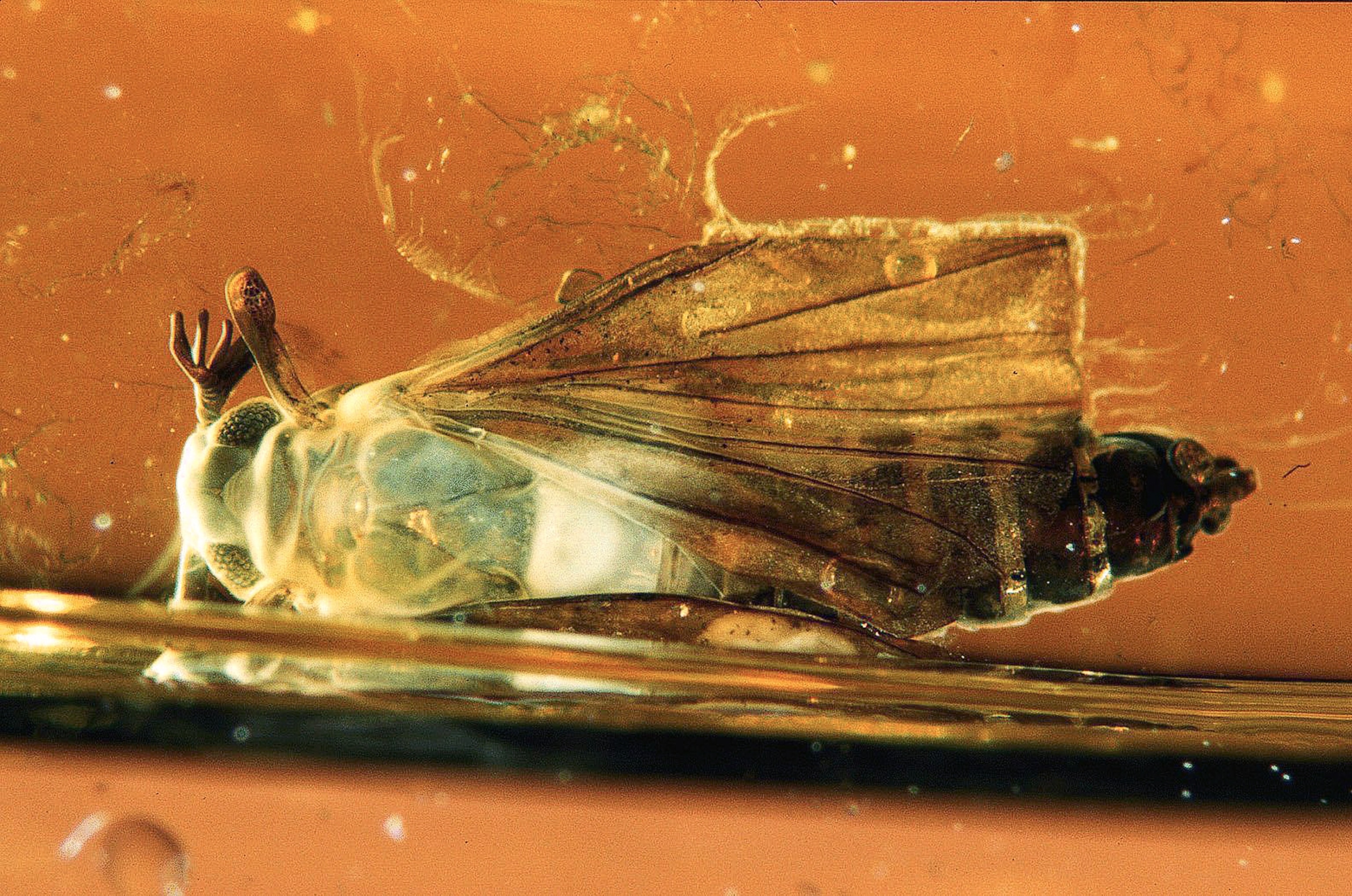1 of 9
Images courtesy A. Schmidt, University of Göttingen
Triassic Mites Join World's Oldest Amber Animal Finds (Pictures)
Locked in tree resin since the dinosaur dawn, new fossils are among scientific gold that reveals how little some animals have evolved.
August 30, 2012













